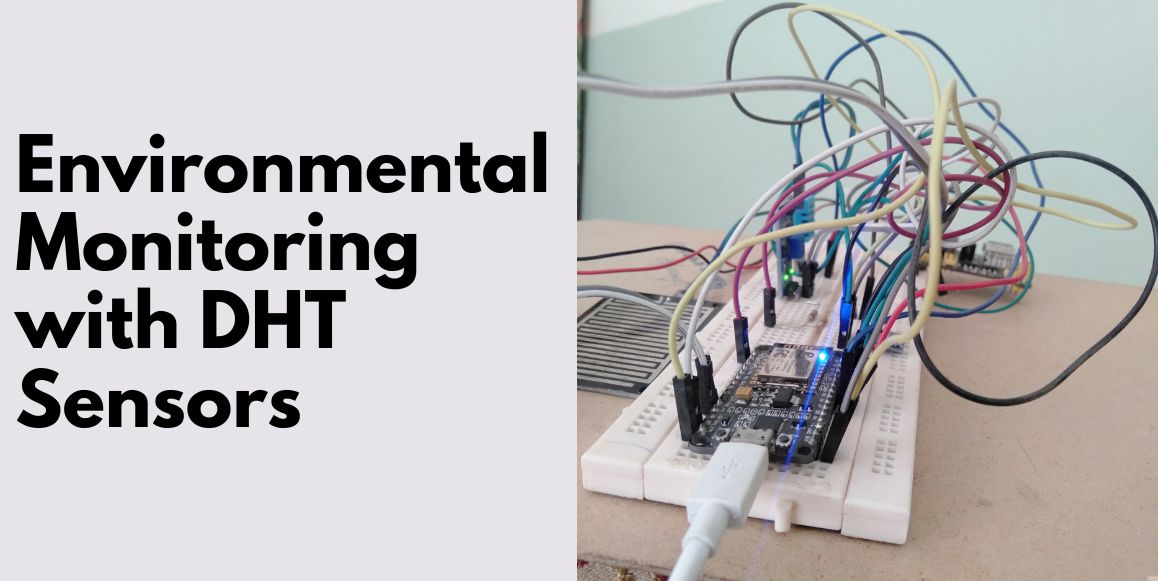Environmental Monitoring with DHT Sensors

Objective:
Integrating DHT11 and DHT22 sensors along with rain sensors and the ESP32 microcontroller aims to create a comprehensive environmental monitoring system. The objective is to collect data on temperature, humidity, and rainfall, enabling real-time monitoring and analysis of environmental conditions. By leveraging the capabilities of the ESP32 for data processing and communication, the goal is to develop a versatile and reliable system for various applications, including weather monitoring, agriculture, and home automation.
Points:
- Temperature and Humidity Sensing: Utilize DHT11 and DHT22 sensors to measure temperature and humidity levels accurately, providing valuable insights into environmental conditions.
- Rainfall Detection: Incorporate rain sensors to detect precipitation and quantify rainfall intensity, enabling timely responses and informed decision-making.
- ESP32 Integration: Harness the processing power and connectivity features of the ESP32 microcontroller to collect sensor data, process it, and transmit it to a central server or display device.
- Real-Time Monitoring: Enable real-time monitoring of temperature, humidity, and rainfall data through a user-friendly interface, allowing users to stay informed about changing environmental conditions.
- Data Logging and Analysis: Implement data logging functionalities to store historical sensor data for analysis and trend identification, facilitating informed decision-making and long-term planning.
- Alerting Mechanisms: Develop alerting mechanisms to notify users of critical changes in environmental conditions, such as sudden temperature fluctuations or heavy rainfall, enabling proactive responses to potential risks or hazards.
- Versatile Applications: Design the system to be versatile and adaptable for various applications, including smart agriculture, home automation, and environmental monitoring in industrial settings.
- Scalability and Expandability: Ensure scalability and expandability of the system to accommodate additional sensors or functionalities in the future, allowing for customization and growth according to specific project requirements.
- Integration with IoT Platforms: Explore integration with IoT platforms to leverage cloud-based services for advanced data analytics, remote monitoring, and control capabilities, enhancing the system’s overall functionality and usability.
- Promotion of Environmental Awareness: Use the system to promote environmental awareness and sustainability by providing valuable insights into local weather patterns and fostering a deeper understanding of the impact of environmental factors on daily life and activities.
